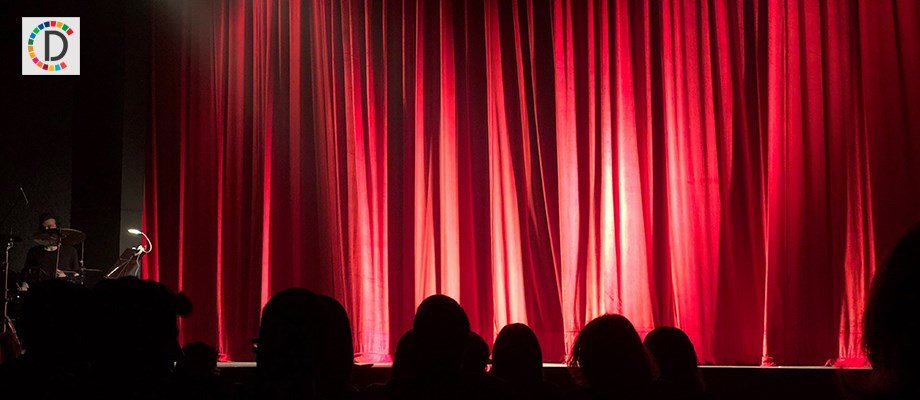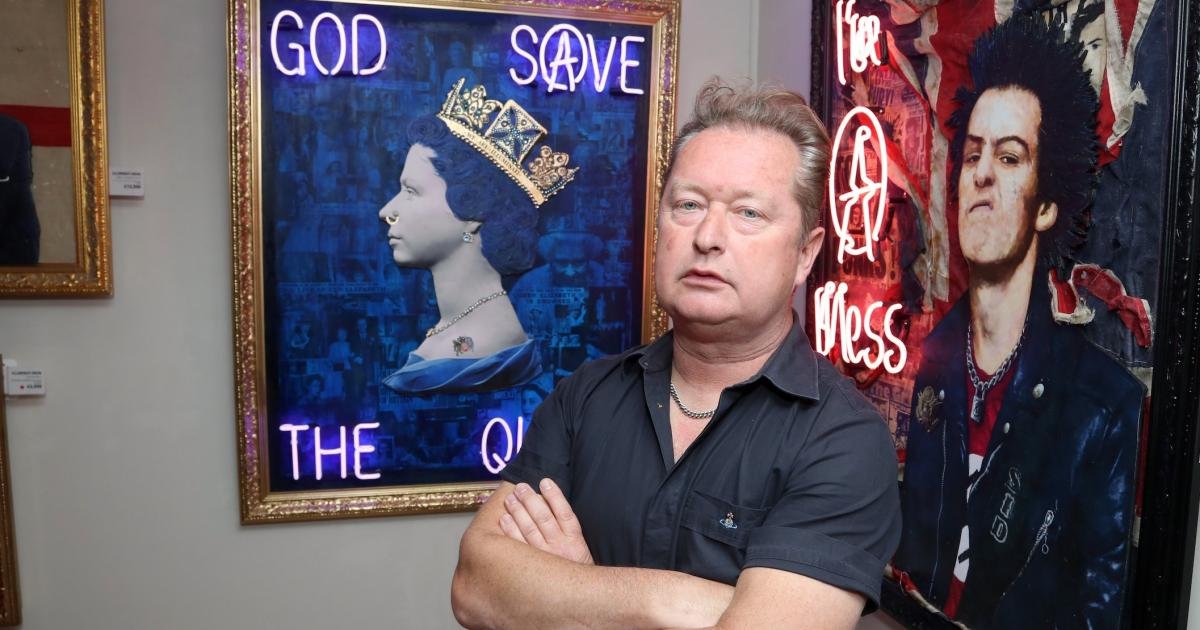In 1765, a 16-year-old Scottish writer, James Forbes, arrived in India to begin his career as a junior clerk with the East India Company — unaware that the subcontinent would be his home for the next 18 years.
During this time, Forbes travelled extensively, from Bombay in Maharashtra to Surat, Bharuch and Dabhoi in Gujarat, and as far as Agra and the Malabar Coast. As he steadily advanced within the Company, he also harnessed his artistic talents to document his encounters.
“What began as descriptions in letters to friends and acquaintances back in England soon evolved into a systematic documentation of his visual and verbal impressions of India,” notes Aditi Mazumdar of the Delhi Art Gallery (DAG) in the publication A Treasury of Life: Indian Company Paintings, that accompanies the eponymous exhibition at DAG, on till July 5.
Several of Forbes’ watercolours — drawn from his collection of 150 folio volumes containing over 52,000 pages of sketches and observations on India’s flora, fauna, culture, customs, and landscapes, portions of which were later published — are featured in the exhibition, which showcases over 200 works from the same genre, spanning 1790 to 1835.
Curator Giles Tillotson, Senior Vice President, DAG, provides a foundational definition of “company paintings,” broadly describing them as paintings “produced by Indian artists in the late 18th and early 19th centuries for European patrons living in India, typically people associated with the British East India Company.”
Expansive in scope, the collection is thoughtfully divided into three principal categories: ‘natural history’, which showcases India’s rich biodiversity; ‘architecture’, offering depictions of historic monuments and urban vistas that fuse Indian and European stylistic influences; and ‘Indian manners and customs’, that includes portrayals of people from specific trades and castes, also capturing the cultural tapestry of the time.
While the nuances of the artworks are telling, the essays in the publication offer critical context that deepens their understanding. Viewers are introduced to several prominent European patrons — including Lady Mary Impey, wife of Sir Elijah Impey, Chief Justice of Supreme Court of Judicature, who employed artists in the 1770s to portray birds, animals and plants; and Claude Martin in Lucknow, who commissioned natural history studies from artists otherwise engaged in the Nawab’s court. Tillotson notes how over time, the elitist artistic practice turned into a form of popular art.
Story continues below this ad
While the Mughal era saw interest in studying architectural buildings, Malini Roy (the British Library) emphasises there was a shift in approach with the arrival of the British, as several artistic commissions now required primarily illustrating the front facades, as seen in works commissioned by French officer Jean Baptiste Gentil who in the 1770s had artists document palaces and monuments in Faizabad, Delhi and Agra.
There are also tales and buildings lost in time. A set of watercolours from the Murshidabad School produced at the end of the 18th century depicts 10 early British buildings in Bengal, only one of which arguably remains — the Parade Ground in Berhampore. “They provide useful evidence of the imported foreign architectural style that was to influence much building during the following century, not only by the British but by the Murshidabad nawabs themselves,” writes historian Rosie Llewellyn-Jones.
Describing company paintings as a “crucial part of modernism’s pre-history”, Ashish Anand, CEO and Managing Director of DAG, highlights: “They capture a moment when Indian painters moved beyond traditional court patronage to embrace new patrons, subjects and styles — laying the foundation for future shifts in Indian art.”









